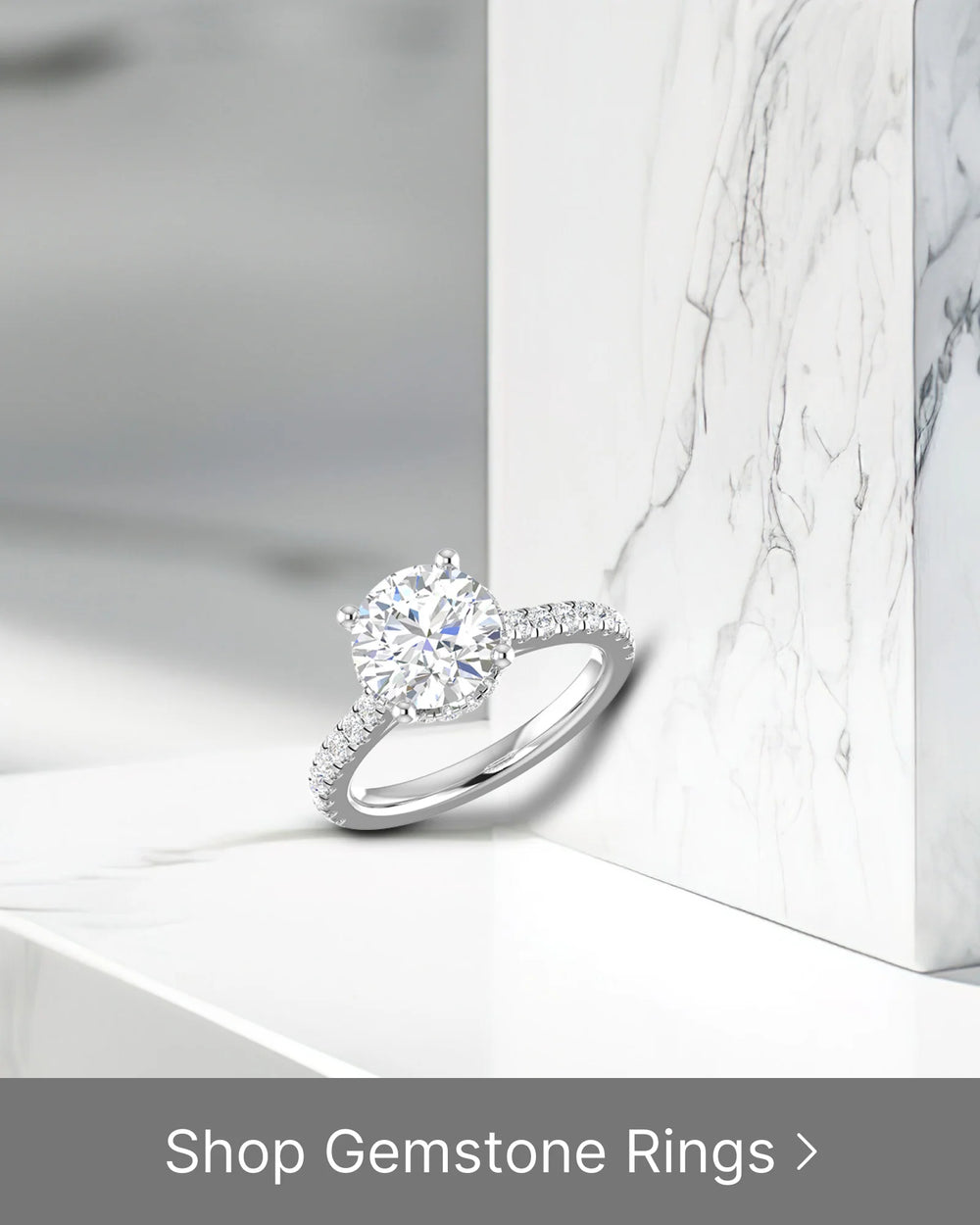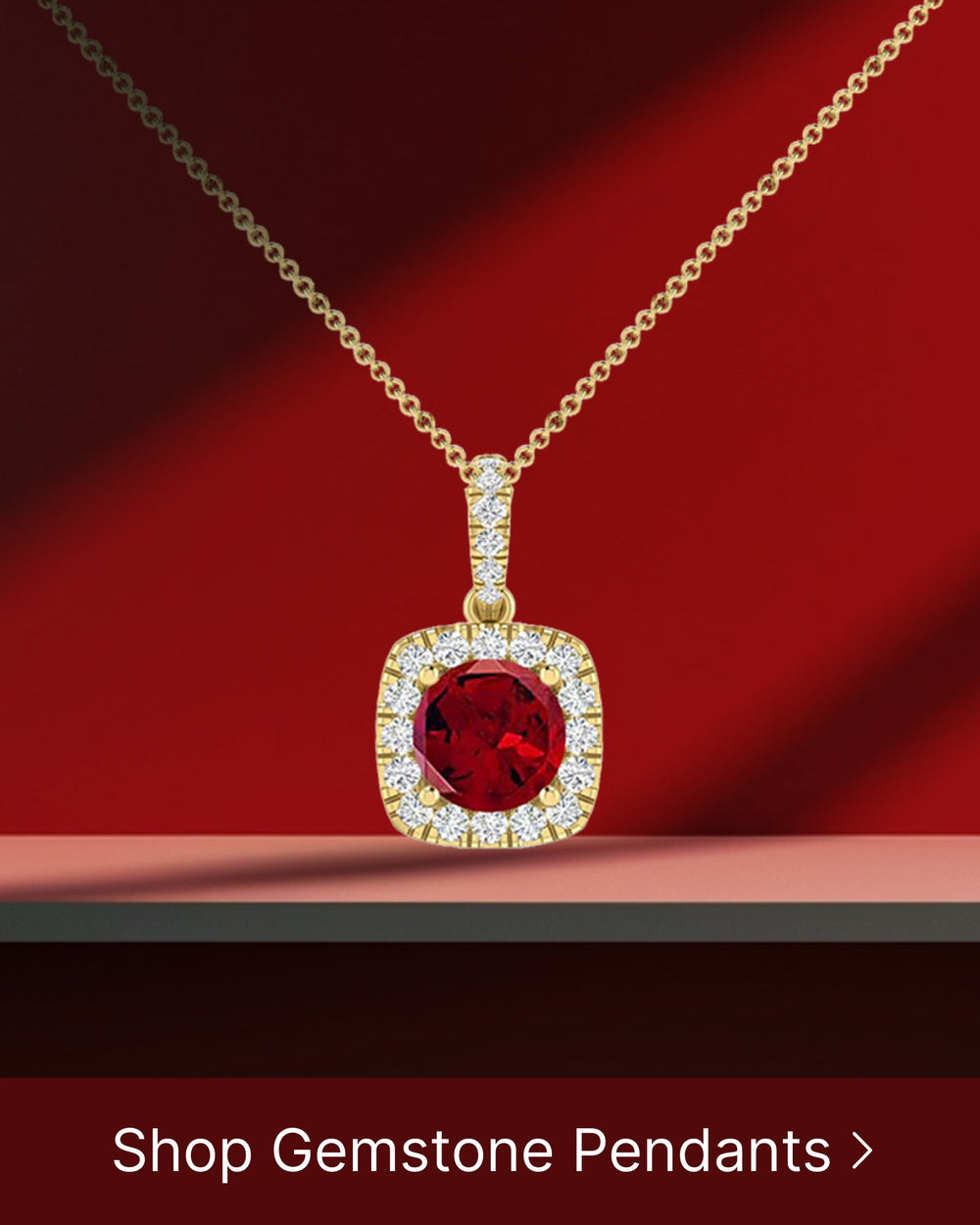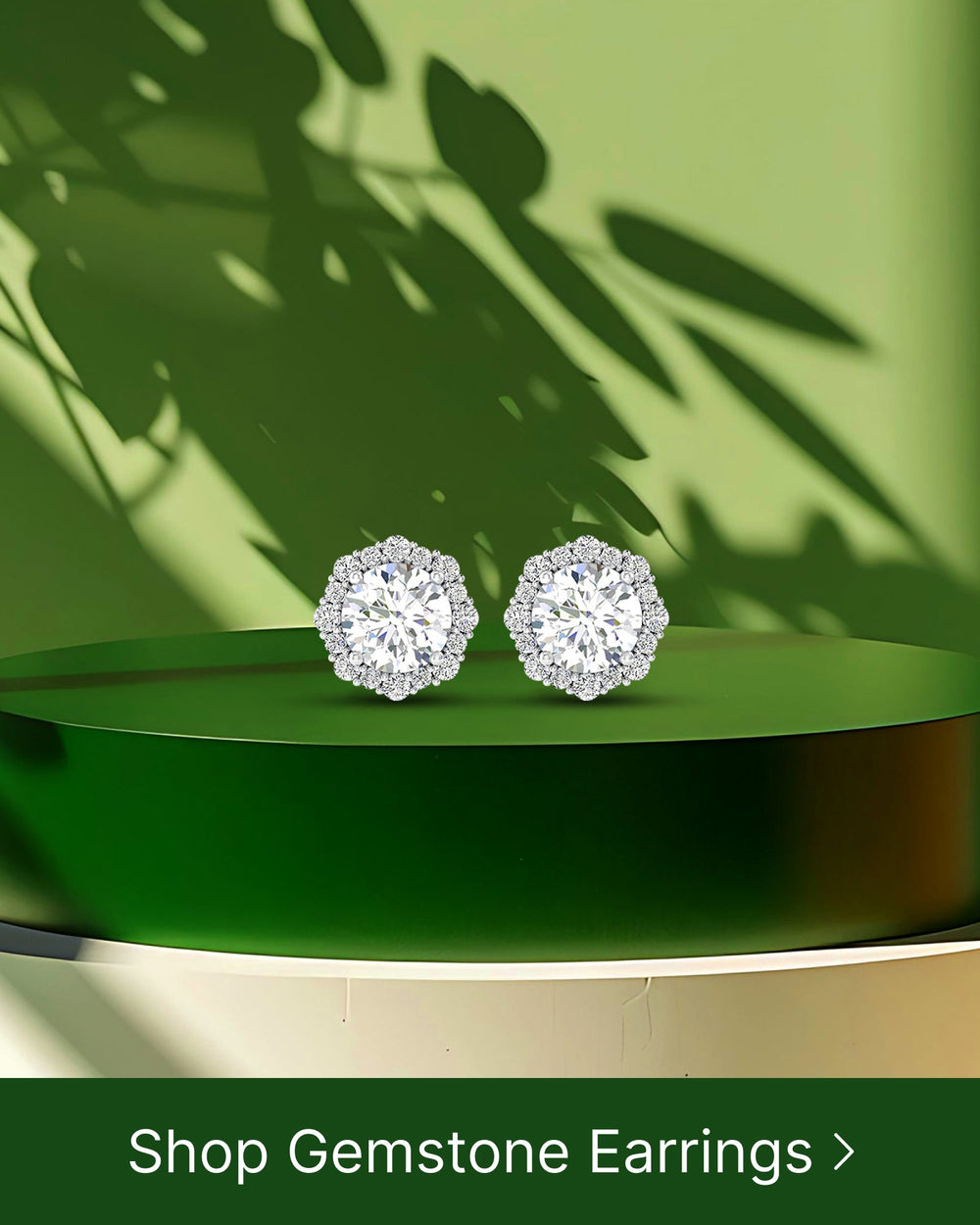Finding the perfect fit for a ring can be a challenging task. However, with the help of a simple string, you can easily determine your ring size accurately. In this article, we will guide you through the process of measuring your ring size using a string, providing you with the knowledge you need to select the perfect ring.
Understanding the Importance of Accurate Ring Sizing
Accurate ring sizing is crucial to ensure a comfortable fit and prevent any discomfort or potential damage to your finger. Wearing a ring that is either too tight or too loose can have negative consequences and affect your overall wearing experience.
When it comes to ring sizing, precision is key. The right fit not only enhances the beauty of the ring but also ensures that you can wear it with confidence and ease. A perfectly sized ring feels like an extension of your finger, effortlessly complementing your style and personality.
The Consequences of Incorrect Ring Sizes
Wearing a ring that is too tight can lead to restricted blood flow, causing discomfort and even potentially damaging your finger. Imagine the discomfort of a ring that leaves an impression on your skin or the pain caused by a ring that cuts off circulation. It's not only uncomfortable but can also be harmful to your finger's health.
On the other hand, a ring that is too loose may slide off unexpectedly, increasing the risk of loss or damage. Losing a cherished ring can be heartbreaking, especially if it holds sentimental value. Additionally, a loose ring can easily get caught on clothing or other objects, leading to potential accidents or damage to the ring itself.
Why Traditional Ring Sizing Methods May Fail
Traditional ring sizing methods, such as using a metal ring sizer or visiting a jeweler for measurement, may not always provide the most accurate results. While these methods have been widely used for years, they are not foolproof and can sometimes fall short in capturing the true size and shape of your finger.
Factors such as fluctuating finger sizes due to temperature changes or individual variations in finger shape can affect the reliability of these methods. For example, your fingers may swell slightly during hot weather or after physical activity, leading to an inaccurate measurement if taken during those times. Similarly, the shape of your finger can vary from person to person, making it challenging to find the perfect fit using traditional sizing techniques alone.
Fortunately, advancements in technology have introduced innovative ring sizing solutions that offer greater accuracy and precision. These methods utilize state-of-the-art tools and techniques to ensure a more personalized and reliable sizing experience. By taking into account various factors such as finger shape, lifestyle, and personal preferences, these modern approaches can provide a more tailored and comfortable fit.
The Basics of Ring Sizing
Before diving into the process of measuring your ring size with a string, it is essential to understand some basic concepts related to ring sizing.
When it comes to choosing the perfect ring, getting the right size is crucial. A ring that is too tight can be uncomfortable, while one that is too loose may slip off your finger. To avoid these issues, it's important to have a good understanding of ring sizing.
Ring sizes are typically measured using a standardized system, with each size corresponding to a specific diameter or circumference measurement. Commonly used standards include the United States (US) system, the European (EU) system, and the International (ISO) system.
The United States system uses a numerical scale ranging from 1 to 13, with half sizes also available. In this system, a size 1 corresponds to a 13.4mm diameter, while a size 13 corresponds to a 22.2mm diameter.
The European system, on the other hand, uses a numerical scale ranging from 41 to 68. In this system, a size 41 corresponds to a 13.1mm diameter, while a size 68 corresponds to a 21.7mm diameter.
The International system, also known as the ISO system, uses a numerical scale ranging from 1 to 36. In this system, a size 1 corresponds to a 12.75mm diameter, while a size 36 corresponds to a 23.06mm diameter.
Factors Influencing Ring Size
Several factors can influence your ring size, and it's important to take them into consideration when measuring for the perfect fit.
One factor to consider is variations in climate. In hot weather, your fingers may swell slightly, while in cold weather, they may shrink. It's a good idea to measure your ring size when your fingers are at their average size to ensure a comfortable fit year-round.
The time of day can also affect your ring size. Fingers tend to be slightly larger in the morning due to water retention overnight. If you measure your ring size in the morning, make sure to account for this slight difference.
Medical conditions can also impact your ring size. Conditions such as arthritis or pregnancy can cause temporary swelling in the fingers, resulting in a larger ring size. If you have any medical conditions that may affect your finger size, it's important to consider this when measuring for a ring.
Temporary weight gain or loss can also influence your ring size. If you've recently gained or lost weight, your fingers may have changed size as well. It's important to measure your ring size when your weight has stabilized to ensure an accurate fit.
By taking these factors into account and understanding the basics of ring sizing, you can ensure that the ring you choose fits perfectly and comfortably on your finger.
Materials Needed for String Ring Sizing
Before starting the process, gather the necessary materials to measure your ring size with a string.
Measuring your ring size accurately is crucial to ensure a comfortable fit for your future ring. By using a string, you can easily determine the circumference of your finger, which will help you find the perfect ring size.
Choosing the Right String
When selecting a string for ring sizing, opt for a thin and flexible material that can easily wrap around your finger. A non-stretchable string, such as cotton or nylon, is ideal to ensure accurate measurements.
It is important to choose a string that is smooth and doesn't have any bumps or knots, as this can affect the accuracy of your measurements. Additionally, make sure the string is long enough to wrap around your finger comfortably, allowing for a bit of extra space.
Consider using a colored string to make it easier to see and measure. This can be especially helpful if you have poor eyesight or are working in a dimly lit area.
Other Essential Tools for Ring Sizing
In addition to a string, you will need a pair of scissors to cut the string to the appropriate length and a ruler or tape measure to measure the string's length later on.
When using scissors, make sure they are sharp and precise to ensure a clean cut. This will help you achieve accurate measurements and avoid any discrepancies.
A ruler or tape measure is essential for measuring the length of the string once it has been wrapped around your finger. Make sure the ruler or tape measure is easy to read and has clear markings to ensure accurate readings.
It is also helpful to have a flat surface to work on while measuring your ring size. This will provide stability and prevent any unnecessary movement that could affect your measurements.
Having all these tools ready before you begin the ring sizing process will make the task much easier and ensure accurate results. Remember, precision is key when it comes to finding the perfect fit for your future ring!
Step-by-Step Guide to Measuring Ring Size with a String
Now that you have your materials ready, follow these step-by-step instructions to determine your ring size using a string.
Preparing Your Finger and String
Start by ensuring that your finger is in a relaxed state and at a normal body temperature. Warming up your hands if they are cold can help prevent any inaccuracies due to finger shrinkage.
Now, take the string and carefully wrap it around the base of the finger you wish to measure. Ensure that the string sits comfortably without being too tight or too loose.
Measuring Your Finger with the String
Using a pair of scissors, cut the string at the point where it overlaps with the starting end. Be mindful of maintaining the same tension throughout.
Once cut, remove the string from your finger and lay it flat on a smooth surface. Make sure it is fully extended and flat to obtain the most accurate measurement.
Interpreting the String Measurement
With your ruler or tape measure, carefully examine the length of the string. Measure in either millimeters or inches, depending on your preference. The measured length corresponds to your ring size.
Refer to a ring size chart specific to your country's standard to determine the corresponding size or consult with a jeweler for assistance if needed.
Tips for Accurate String Ring Sizing
While using a string to measure your ring size is a convenient method, it is essential to follow these tips to ensure accuracy.
Best Practices for String Ring Sizing
Always measure your ring size at different times of the day to account for natural fluctuations. It is recommended to measure your ring size in the afternoon when your fingers are typically at their largest.
Additionally, avoid measuring your ring size when your body temperature is either extremely hot or cold, as this can affect the accuracy of the measurement.
Common Mistakes to Avoid
When measuring your ring size with a string, be cautious of common mistakes that can impact the accuracy of your results.
Some common mistakes include pulling the string too tightly, not measuring the correct finger, or inaccurately reading the measurement. Take your time and ensure that each step is followed precisely to obtain the most accurate ring size measurement.
In conclusion, measuring your ring size with a string is a simple and effective way to ensure a perfect fit. By understanding the importance of accurate ring sizing, familiarizing yourself with the basics of ring sizing, and following the step-by-step guide provided, you can confidently select the right ring size using a string. Remember to consider the tips for accuracy and avoid common mistakes to achieve the best results. Happy ring shopping!






